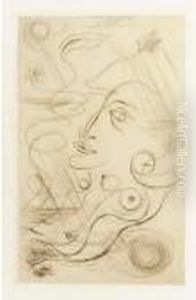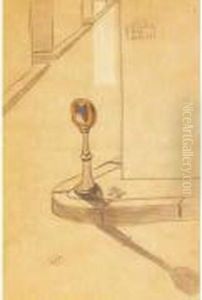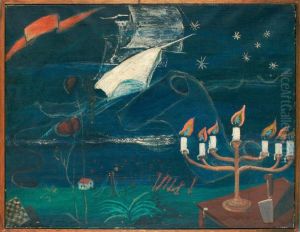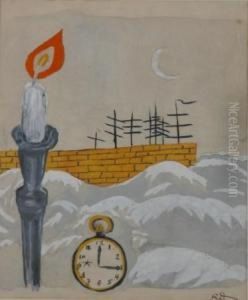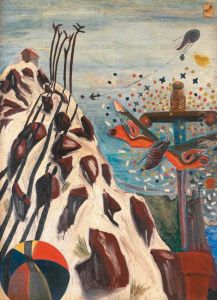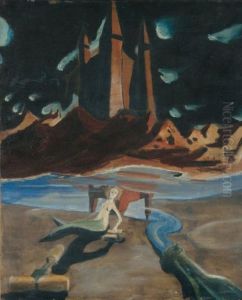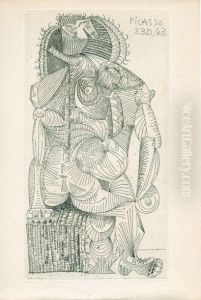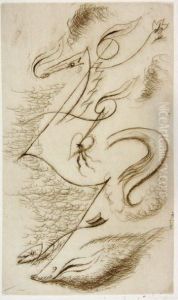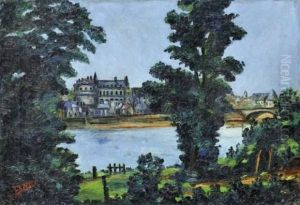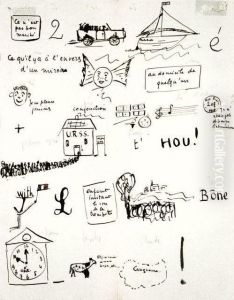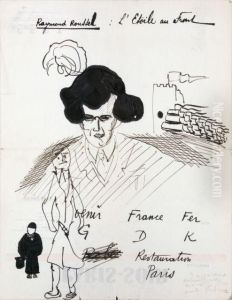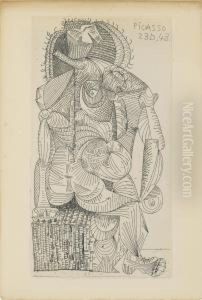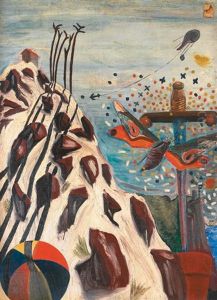Robert Desnos Paintings
Robert Desnos, born on July 4, 1900, in Paris, France, was a significant figure in the 20th-century French literary scene, renowned for his contributions to Surrealism and his resistance activities during World War II. Desnos's early work was deeply influenced by the avant-garde movements of his time, particularly Surrealism, which he embraced under the mentorship of André Breton, the movement's founder. Desnos's unique ability to enter self-induced trancelike states made him a celebrated figure among the Surrealists, as these states allowed him to write what he called 'automatic poetry,' bypassing conscious thought and tapping into the subconscious.
Despite his initial closeness with the Surrealist group, Desnos gradually distanced himself due to ideological differences, particularly over the group's involvement with the Communist Party. He sought a more independent path, focusing on journalism, radio scripts, and cinema, which showcased his versatility and creativity beyond poetry. His work from this period demonstrates a broader engagement with the world, characterized by a blend of lyricism and activism.
With the outbreak of World War II and the occupation of France, Desnos became an active member of the French Resistance. His contributions to the resistance were multifaceted, from writing anti-fascist tracts to participating in underground activities aimed at undermining the Nazi occupation. However, his resistance activities eventually led to his arrest by the Gestapo in 1944. After his capture, Desnos was deported to the concentration camps, where he continued to write and share his poetry with fellow prisoners, providing a source of hope and resistance amidst despair.
Robert Desnos died of typhus on June 8, 1945, in the Terezin (Theresienstadt) concentration camp, just weeks after the camp's liberation. His legacy, however, continues to thrive, as Desnos is celebrated not only for his literary achievements but also for his unwavering humanism and bravery in the face of tyranny. His poetry, marked by its dreamlike imagery, emotional depth, and commitment to freedom, remains influential in both literary and cultural contexts.
